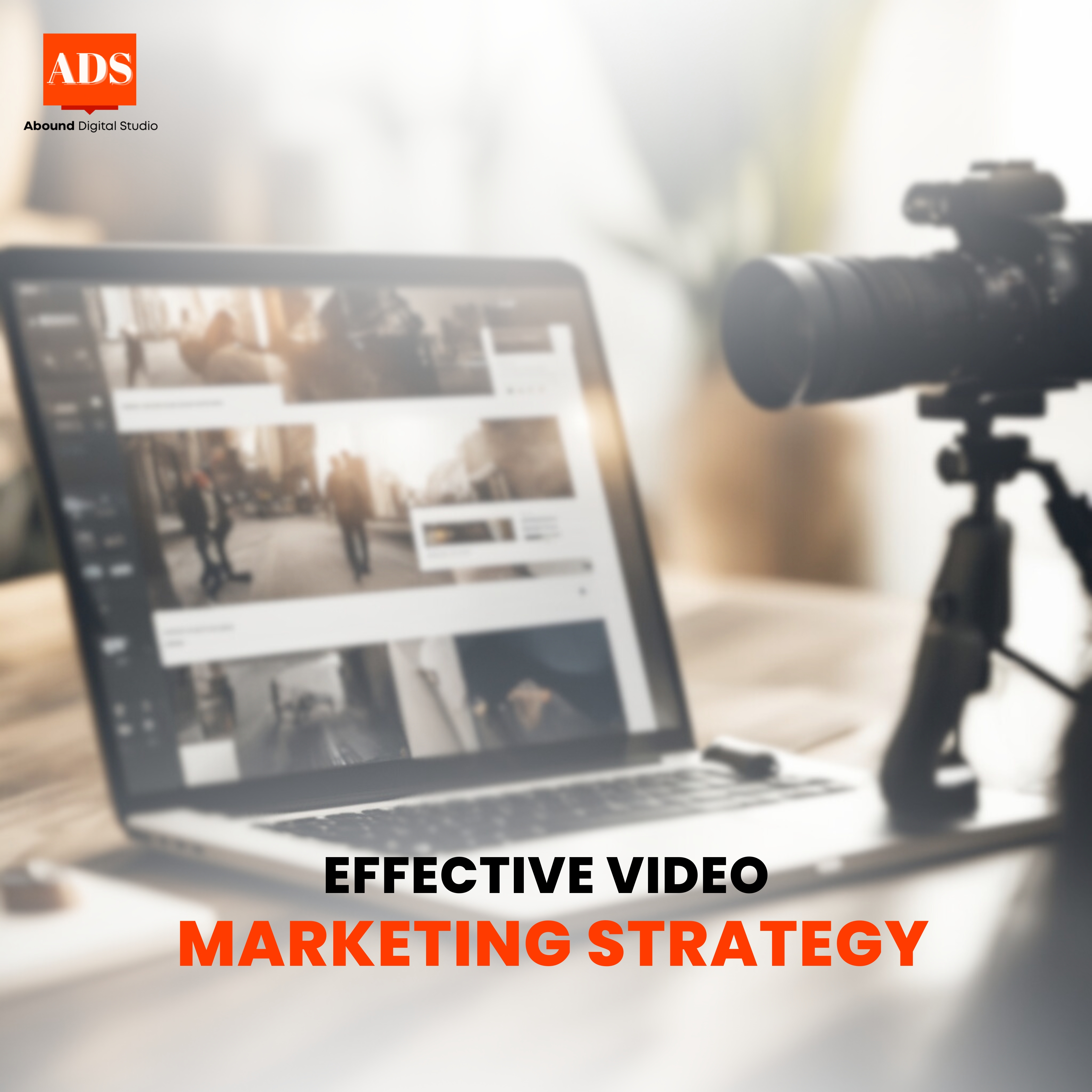
Why a Video Marketing Strategy is Crucial?
In the modern digital landscape, video content is a vital component of successful marketing strategies. Its power to engage, educate, and convert makes video marketing essential for businesses looking to enhance their online presence. A meticulously planned video marketing strategy not only attracts and retains customers but also strengthens brand loyalty and boosts sales. Without a strategic framework, even the most outstanding videos can become lost in the digital clutter. This is where balancing quality and quantity, known as the ‘QvQ Balance,’ becomes critical.
The ‘QvQ Balance’ Strategy: Mastering Quality and Quantity
Achieving the right balance between quality and quantity is pivotal in video marketing. High-quality videos foster trust and establish authority, while a steady flow of content maintains audience engagement and visibility. The ‘QvQ Balance’ strategy ensures that content production is meaningful and valuable, rather than merely frequent.
1. Quality: Ensure high production values, clear messaging, and professional execution.
2. Quantity: Maintain a regular posting schedule to keep your audience engaged and visible.
Stage 1: Awareness
The initial stage of the video marketing funnel is awareness. Here, the aim is to introduce your brand to a wide audience. Create high-quality, engaging videos that highlight your brand’s values, mission, and unique selling propositions. These could be explainer videos, branded content, or short, impactful clips designed to capture attention and generate interest.
Stage 2: Interest
After capturing your audience’s attention, the next step is to foster interest. At this stage, focus on educational and informative content that addresses the needs and pain points of your target audience. Tutorials, how-to videos, and webinars are excellent tools for providing value and establishing your brand as a reliable resource.
Stage 3: Consideration
In the consideration stage, your audience is weighing their options. Highlight the benefits of your products or services through detailed product demos, customer testimonials, and case studies. These videos should be high-quality and persuasive, showcasing real-life examples of how your solutions can solve their problems.
Stage 4: Action
The action stage is where you prompt your audience to take the next step, whether it’s making a purchase, signing up for a newsletter, or requesting more information. Create compelling calls-to-action (CTAs) and use video content like limited-time offers, promotional videos, and direct response ads to drive conversions. The quality here must be impeccable to reinforce your brand’s credibility.
Bonus: Loyalty Stage – Exclusive Customer Content
Beyond the traditional marketing funnel lies the loyalty stage, which focuses on retaining and nurturing existing customers. Provide exclusive content such as behind-the-scenes videos, VIP access to new products, and personalized thank-you messages. This not only enhances customer satisfaction but also fosters long-term loyalty and advocacy.
Practical Tips for Implementing Your Video Marketing Strategy
1. Define Your Goals: Clearly outline what you aim to achieve with your video content – be it brand awareness, lead generation, or customer retention.
2. Know Your Audience: Understand your target audience’s preferences, behaviors, and pain points to create relevant and engaging content.
3. Plan Your Content Calendar: Maintain a consistent posting schedule to keep your audience engaged and informed.
4. Invest in Quality: Allocate resources to ensure your videos are professionally produced, with clear audio, high-resolution visuals, and compelling storytelling.
5. Analyze and Optimize: Use analytics tools to track the performance of your videos and make data-driven decisions to optimize your strategy.
In conclusion, balancing quality and quantity in your video marketing strategy is essential for achieving sustainable success. By understanding the different stages of the marketing funnel and implementing practical tips, you can create a powerful video content strategy that drives results and builds lasting customer relationships.
